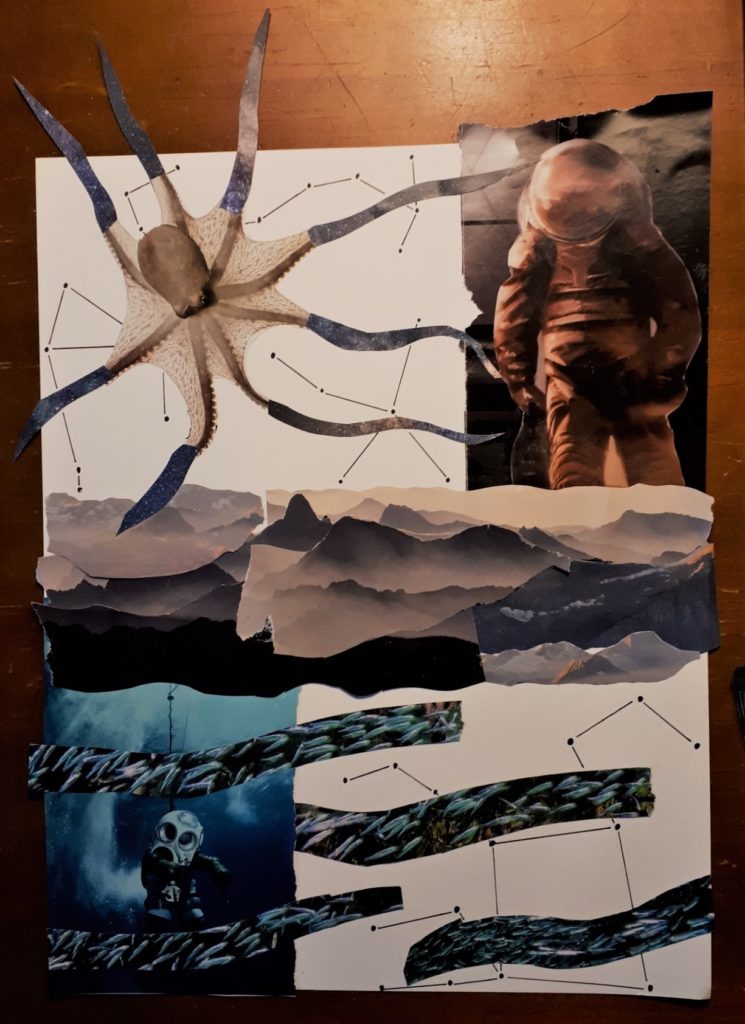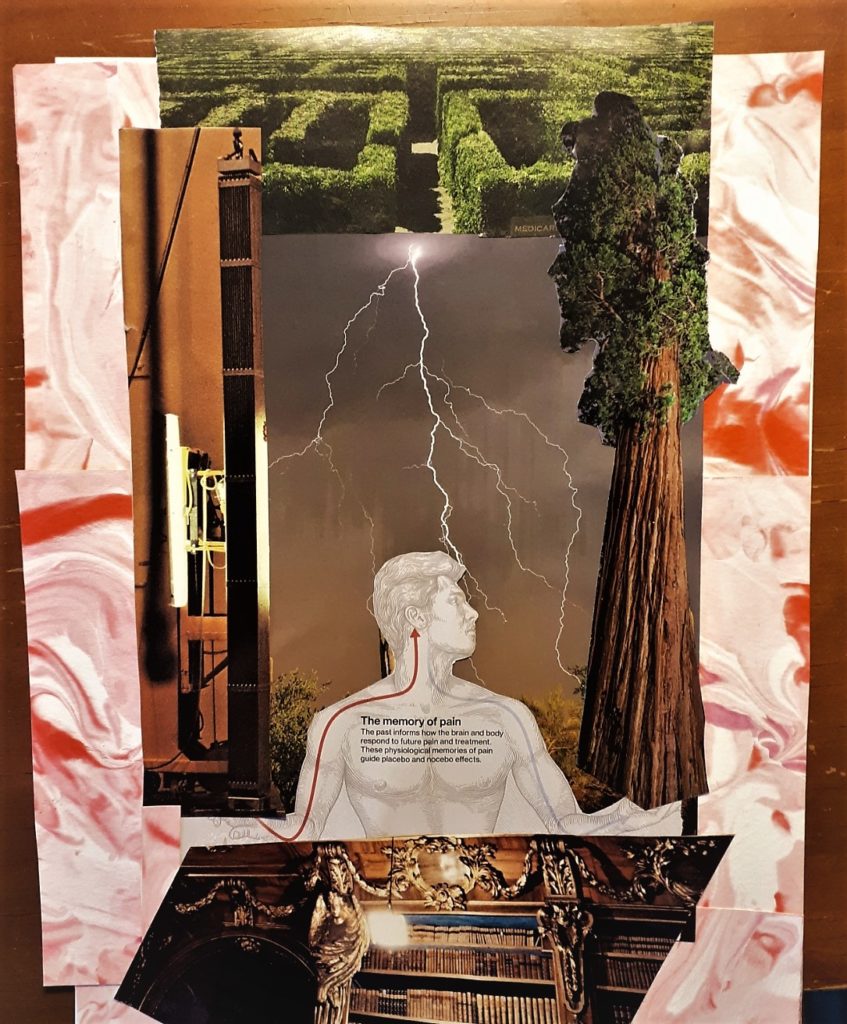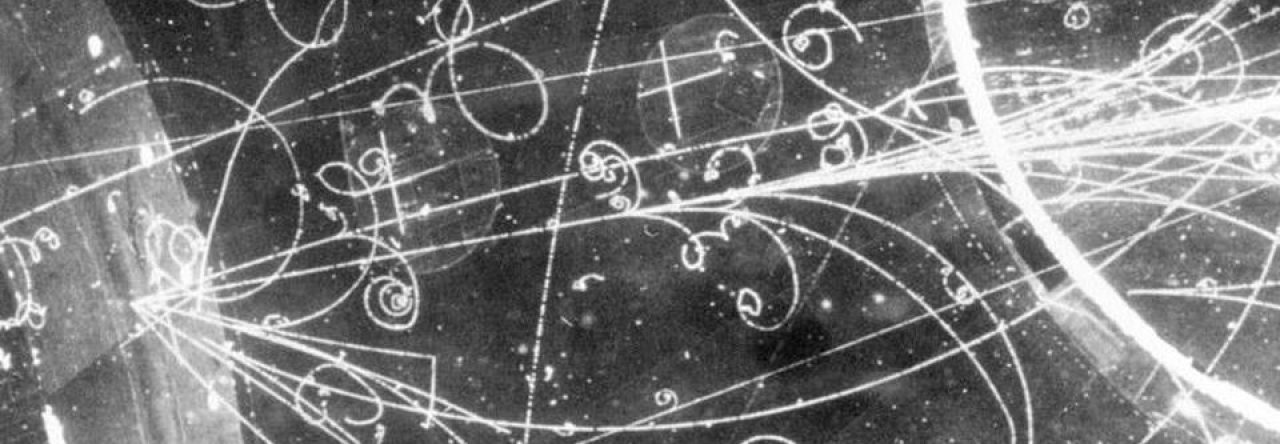Yesterday in my Visuality and Education class I was given an opportunity to experiment with collage. I haven’t done this in years and really enjoyed this opportunity to work with visual art. Working through collages got the wheels turning for me in terms of my future Biology, Chemistry or Physics classes. How could I find space for these activities which promote self-expression, creativity and are really fun?
I like the idea of using collage as a mode of pre-assessment. Before beginning a unit, it is useful to establish your student’s baseline knowledge and to get a sense of what misconceptions and questions may exist among your learners. By having students complete collages based on the unit theme (e.g. land use, ocean ecosystems, optics), you activate their imagination and interest in a way that no lecture or demo could. These collages could provide a jumping-off point for a class-wide discussion and mind-mapping exercise used to identify driving questions to be examined. The use of collages, vision boards, diagramming, etc. dovetails well with the paths to engagement discussed in the Ferlazzo article. Specifically, they serve the goals of relevance by allowing students to show which aspects of a topic fascinate them personally. Furthermore, there is a high level of autonomy promoted by these tasks as students select their own media, arrange it and tell their story. I personally believe that there is a place for story-telling and meaning-making within STEM.
Finally, I think one interesting habit that collage introduces which is valuable to the aspiring scientist is the notion of synergy. Valuable contributions to science often involve combining content from multiple disciplines. Technology & art work hand-in-hand, enabling each other. For instance, modern print art is enabled by the chemists’ lengthy efforts to refine pigments and dyes. Modern electronic music is deeply-rooted in electromagnetism and the physics of waves. What I like about collage is that it challenges you to think across strict boundaries and imagine creations/combinations that have never existed before. This aspect of ingenuity and creativity is as important to science as retention and analytical thinking.
Here are my two collages made yesterday:



Leave a Reply